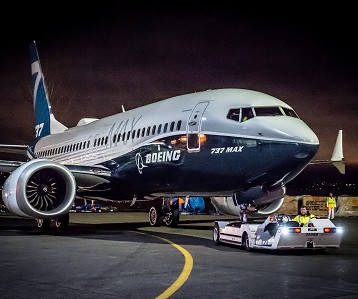This Week in Logistics News (May 20 – 26)
Logistics Viewpoints
MAY 26, 2023
They include Massachusetts, New Jersey, New York, Oregon, Vermont and Washington state. California’s regulation allows credit transfers and requires manufacturers to make a growing number of zero-emission vehicles available from 2025 onward, reaching 75% of new Class 4–8 trucks for the 2035 model year.
















Let's personalize your content